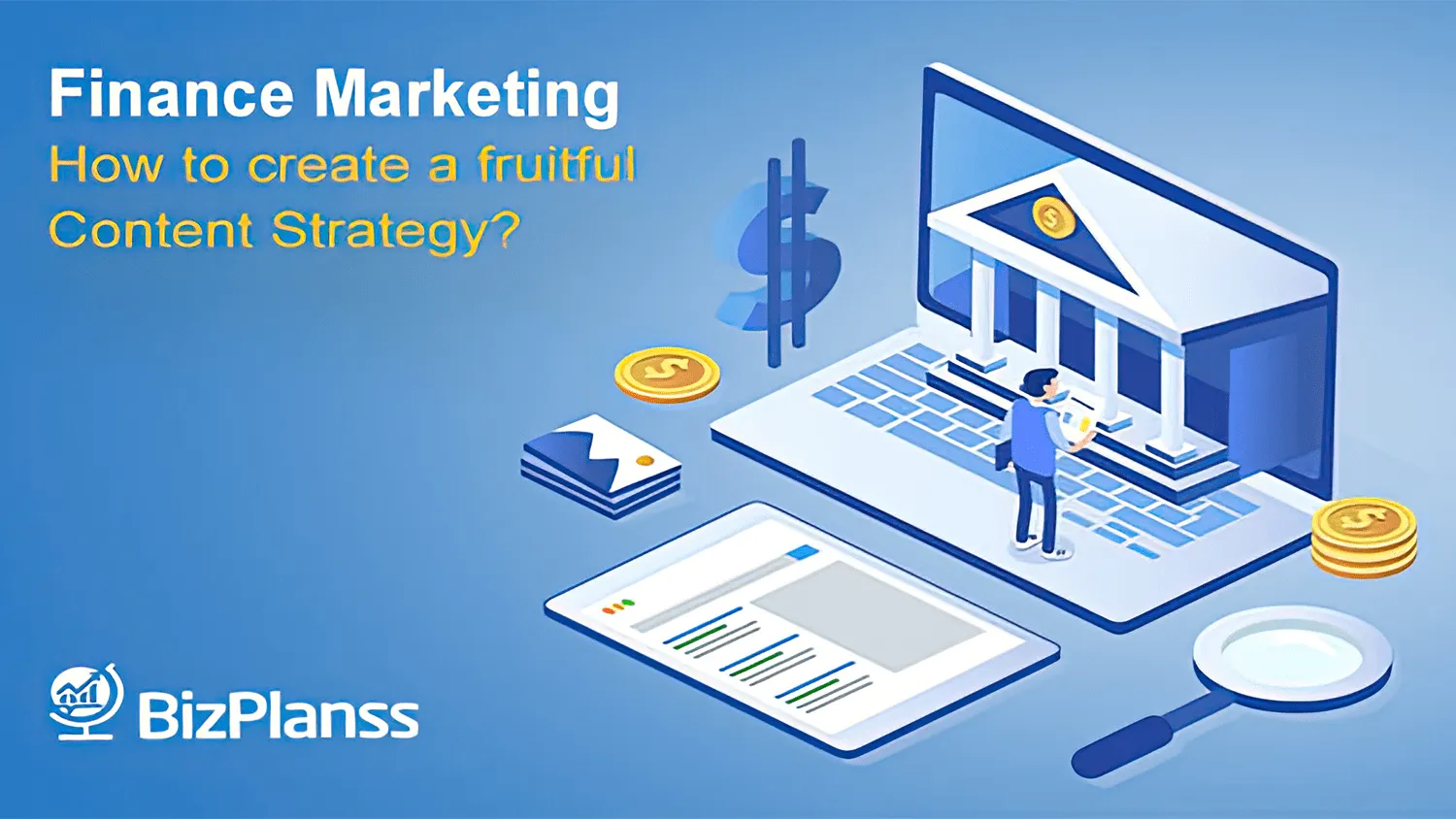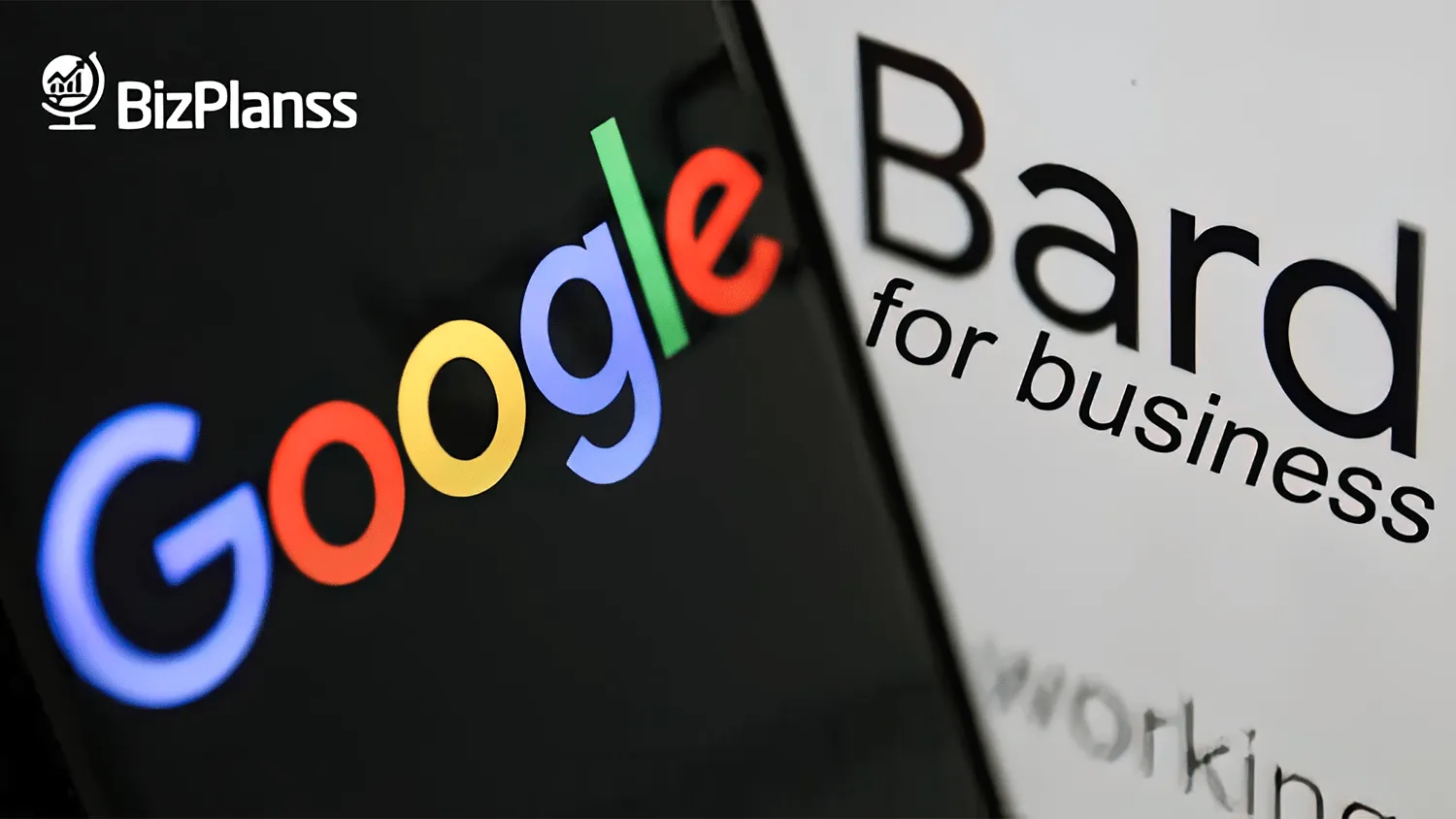Companies rely on technologies like the Internet of Things (IOT) to help them work faster and more productively. But time and again, it becomes apparent that achieving significant commercial business benefits from IOT activities requires top management to raise the bar on transformational practices across the enterprise and pave the way for large-scale, long-term cost reduction.
The Internet of Things (IOT) is rising, and connected technology is beginning to blur the lines between the physical and digital worlds. Finding the right mix of new and familiar user interfaces could help you deliver better products faster. IOT is all about enterprise resource intelligence, which product manufacturers are already familiar with. One of the key themes behind the digital transformation of business models and the economy is the convergence of the digital and physical worlds. The IOT is at the forefront of our ability to connect the digital and physical worlds in ways that could profoundly impact society and the economy. The benefits of IOT include improved operations, physical quality management, health, and well-being.
IOT Business Model – Reshaping Industries
The IOT is changing the way entire industries work. And it’s doing so in a short time. Hardly a day goes by without new insights forcing people to pause and rethink how their businesses operate. The benefits of IOT technology are becoming increasingly indispensable in all areas of the business planning process. The IOT enables the rapid and large-scale creation and development of new business models and drives digital transformation in virtually every industry.
Companies can adopt an IOT business model to drive additional revenue streams, including pay-per-use and data-driven models. A solid IOT business model leads to a profitable business for consumers and delivers value quickly and efficiently. The IOT-based business strategy brings manufacturers and consumers together in the marketplace to profit.
Whether IOT adoption is appropriate for your business planning process should depend on whether it can address a specific problem hindering growth. A potential IOT solution to solve the problem can be selected by identifying the basic requirements of your business.
Global Production and Supply Chains
The IOT brings new innovative products to market and helps develop better versions of existing products. Companies have the opportunity to offer smart devices that people have never seen before because the IOT can bring new value to ordinary products. Some business models will be phased out. Because of current technology, machine-to-machine connectivity, and IOT trends, the industry is experiencing fundamental changes in how the global manufacturing and supply chain operates. The IOT business model involves a strategical approach that examines related technologies and breakthroughs, potential barriers to IOT transformation, and appropriate solutions.
The growth of a decentralized business model is one of the most visible benefits of IOT technology that has impacted businesses. Given the apparent industrial revolution, it was sure that the telecommuting business model would take hold. However, the global Covid 19 epidemic has accelerated the adoption of this paradigm, and the job market now offers a variety of opportunities to work from home.
Integrating IOT solutions is changing the traditional business planning process from an innovation management perspective.
The Open Business Plan Concept
The open business plan model creatively integrates current technology and the industry, which is why they are vital in the growth of the world’s economy. Businesses and startups must investigate new business plan models for value development and capture. The increasing interactions made possible by IOT will result in new business models.
Our widespread consulting revel and discussions with several industry experts have convinced us that the advent of intelligent items and the ensuing virtual transformation of a corporation will fundamentally adjust the employer’s business method.
Therefore, a relied-on adviser and consultant in this field will suggest and create competencies that you could undertake and install an IOT business model using industry knowledge, offerings, technical groups, and other assets. Consider technological, person, and manner necessities—and work with professionals, together with experts and engineers, who can make clear expectations and react to troubles.
However, the first concern for many companies will be how to leverage these new technologies and develop disruption-free solutions that can be integrated into the network without compromising business planning. A top company IT can provide the answer by helping to create and implement initiatives. Then, companies can begin to take advantage of some of the many benefits of IOT.
Transforming an Organization’s Digital Presence
The data-driven enterprise’s transformation begins with a step of the business planning process that generates a strategical business vision. This vision must be split further into business activities and data-driven use cases to support the company’s strategies and goals. The essential framework of IT infrastructure, partner network, organization, human resources, innovation culture, and so on must be subjected to a digital maturity assessment to minimize frictional losses during implementation.
Remember that digital transformation is a process. Transformation takes time, with executives sometimes traversing several siloed systems and technologies. Realizing the benefits of IOT also needs an open mind which can be referred to as an open business plan model, and the courage to implement change management across teams.
On the one hand, a company can transform a physical product into its bright counterpart, integrate it into an intelligent service, create a corresponding business plan model, and offer it to the market to generate more revenue. On the other hand, the same company can use smart-market goods to improve its manufacturing processes and make them more efficient and flexible. With the development of intelligent goods and the associated digital infrastructure, the firm’s transformation will fundamentally alter the company’s business plan.
To move quickly, minimize mistakes, and be efficient, digital transformation requires the establishment of a digitization department as well as a supporting corporate ecosystem.
There Is No Quick Fix For Digital Change.
Transitioning to an IOT business model has implications for a company’s strategy, offerings, IT infrastructure, partnering, organizational structure, overall process organization, core competencies, and overall culture. The likelihood of something going wrong is therefore high.
Overcoming the integration problem between company processes, organization, and technology is required to master these difficulties. Guidelines for driving digital transformations by successfully aligning the business, organizational, and technological spheres are needed, which will assist manufacturing and technology leaders in navigating the IOT landscape and positioning their organizations to read the complete set of benefits.
On the contrary, the bottom-up approach is insufficient to change a company properly. A strategy-driven or “top-down” approach is also helpful in avoiding obstacles and accelerating the process. The top-down and bottom-up techniques must be combined to meet the challenge of digital transformation.
Solving a selected commercial enterprise case is what makes an IOT business model enterprise real. The concept is to have an entire 360-diploma perspective of the data you need to make higher commercial enterprise selections. The long-time period benefits of IOT may be unique for each enterprise, as will the boundaries and complexity. However, the future of IOT can be final results-driven, and having an accomplice in your path will assist assure its success.
Enterprises and developers face a dizzying array of platform options, each bringing its talents. The word “platform” has become so overused that it means little more than “additional assembly required.” A platform is a group of software and hardware consisting of an operating system, garage, computing power, safety, improvement equipment, and various other everyday capabilities. Platforms are developed for multiple software programs that deal with real-world, global problems.
You have reached the pinnacle of the IOT journey when you can gain critical insights through a digital platform that enables you to manage outcomes for continuous intelligence, optimized supply chains, and future-proofed assets.







